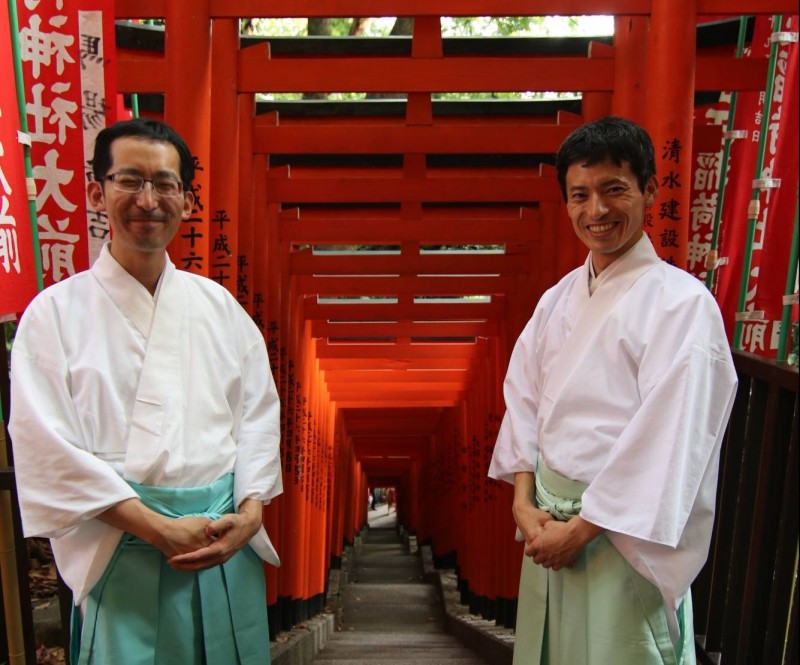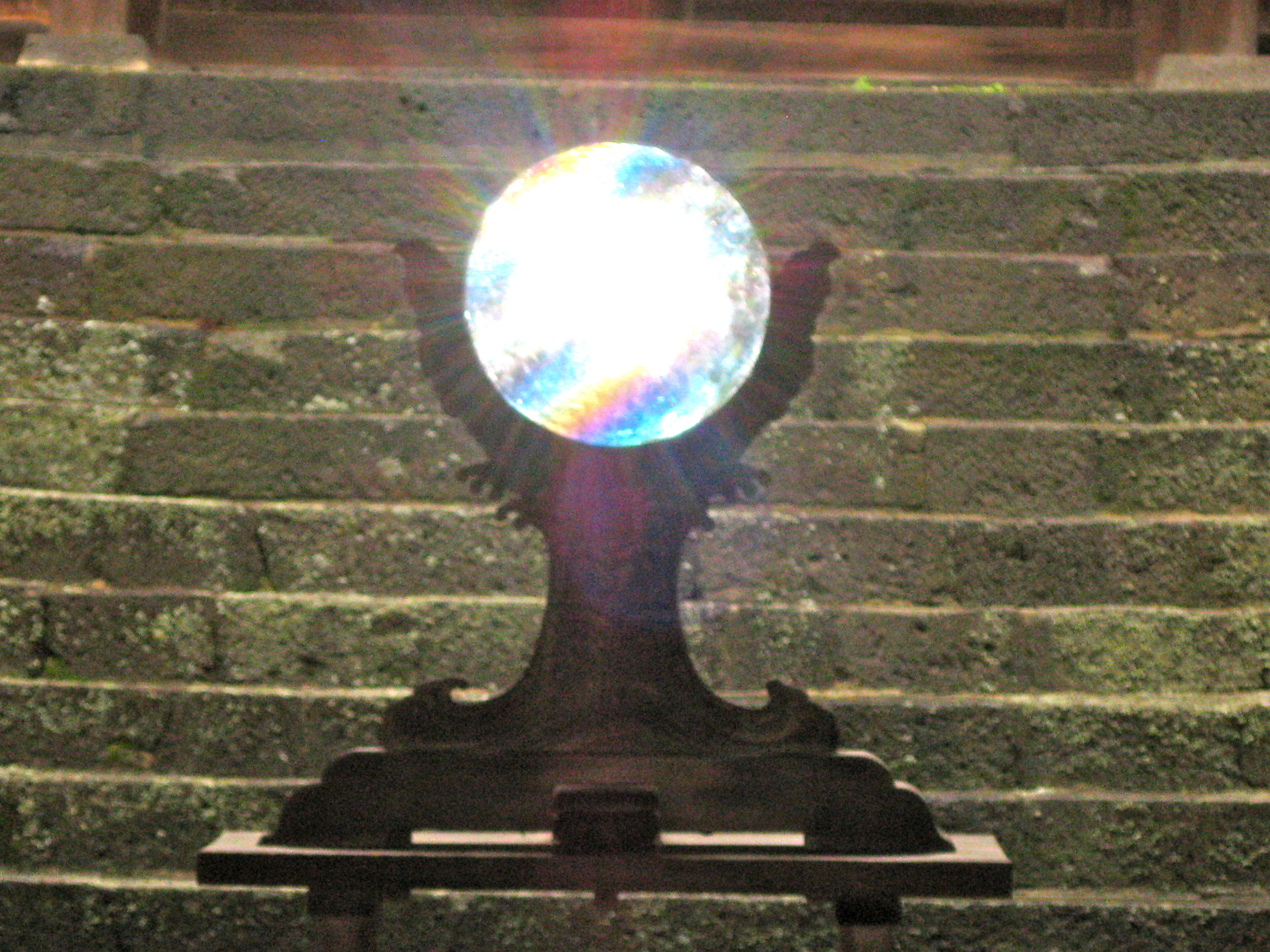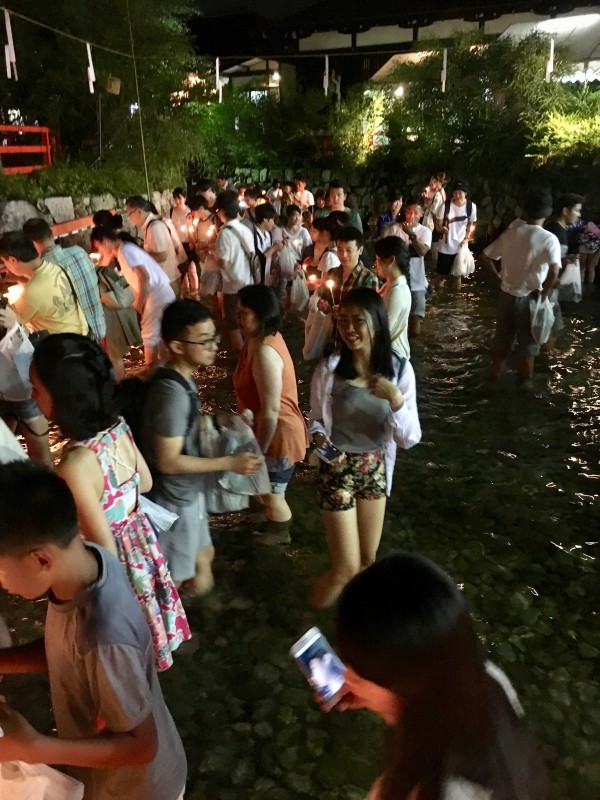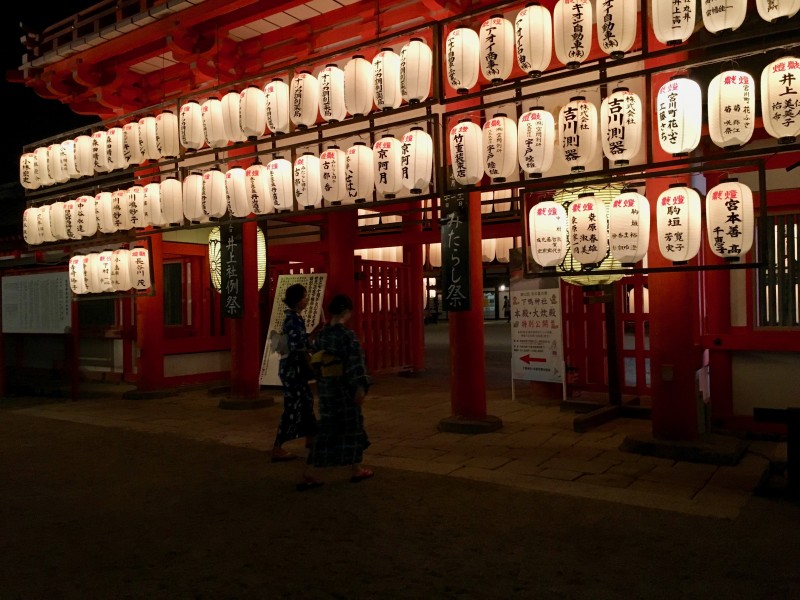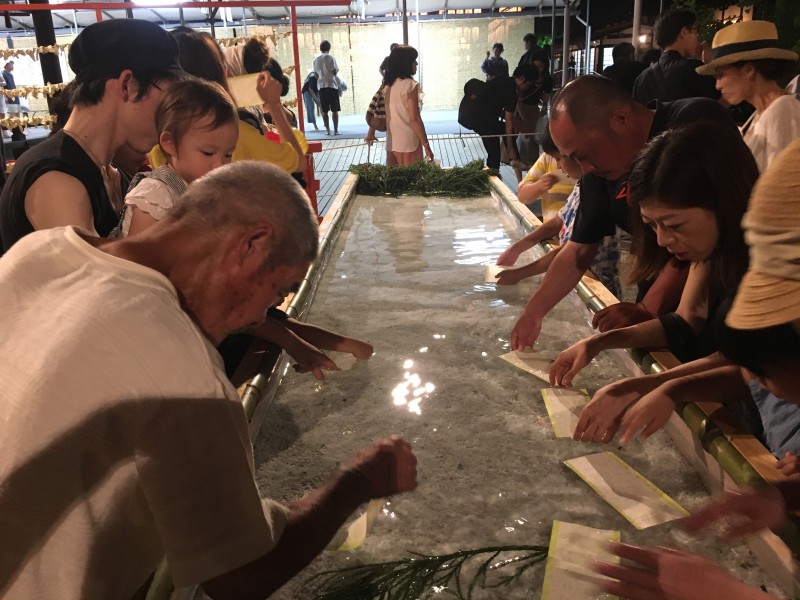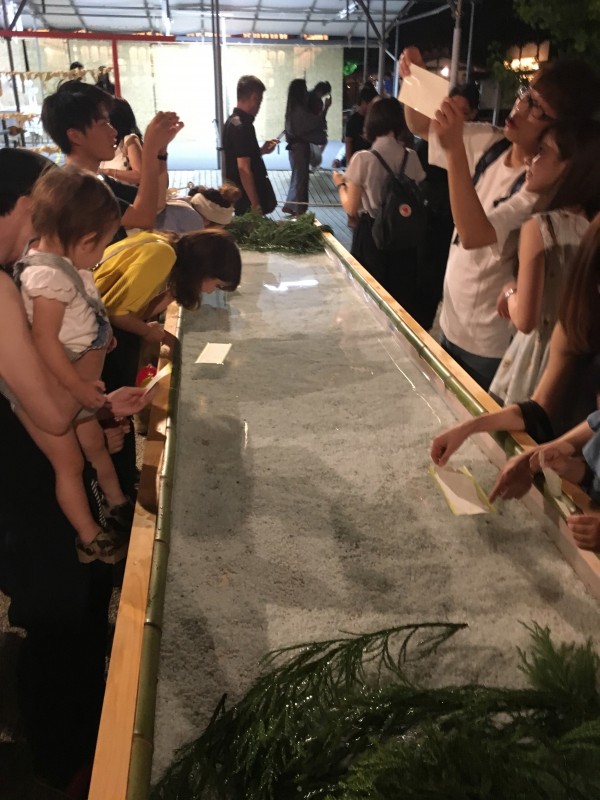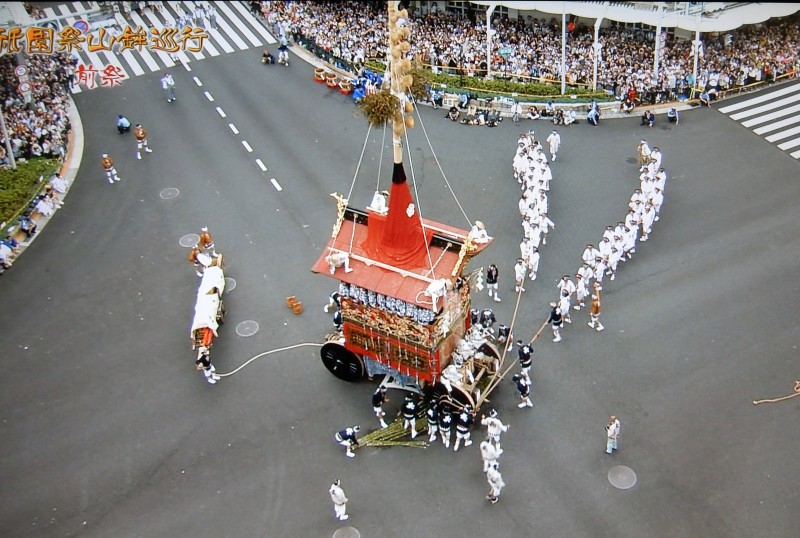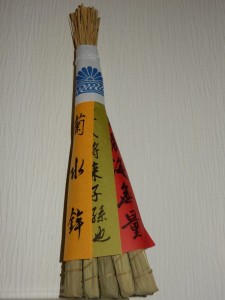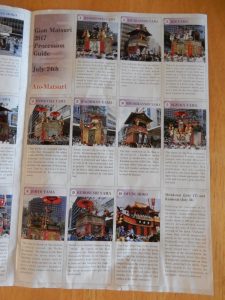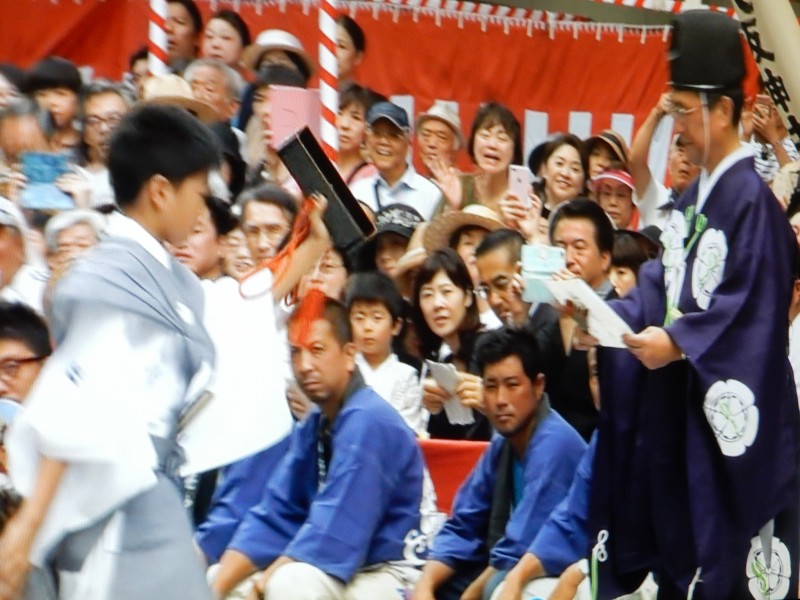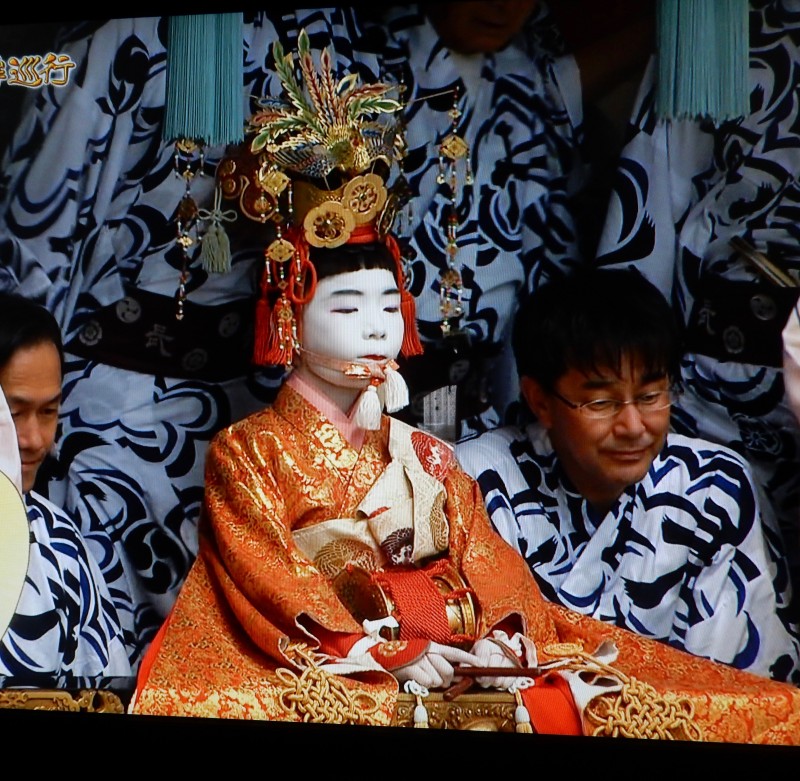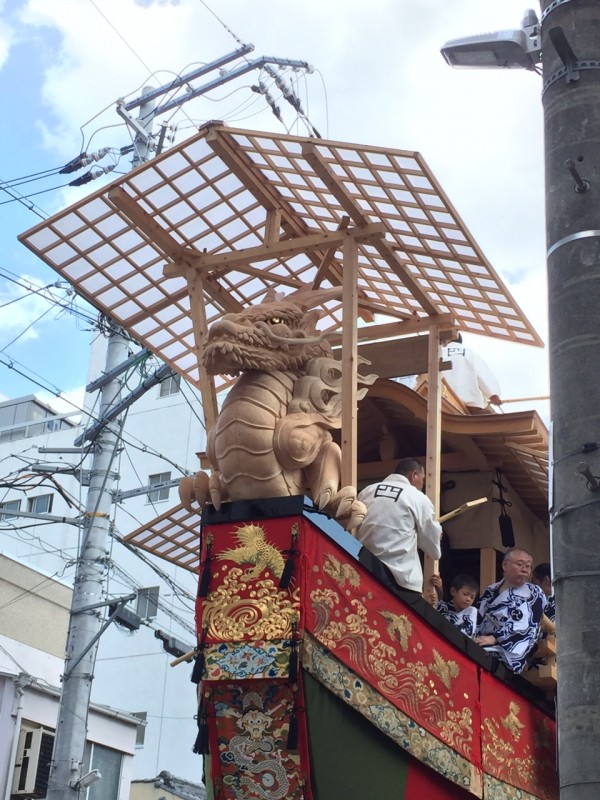
Climbers ascend a rock wall on Kinkasan island mountain in 2016. (Photo by First Ascent Japan)
Sacred island in disaster-hit Miyagi becomes idyllic climb spot
By Maaahiko Ishikawa, Asahi Staff Writer, August 14, 2017
ISHINOMAKI, Miyagi Prefecture–A mountain hit by landslides due to 2011 earthquake and tsunami disaster is fast becoming a “holy place” for climbers worldwide.
Kinkasan, a rocky, remote island that looks like a single mountain, is drawing increasing attention, especially outside Japan, as sport climbing has been given the nod as an event in the 2020 Tokyo Summer Olympics.
The mainly state-owned island, which reaches up 445 meters, is within the precincts of Koganeyama Shrine.
Legend says a Shinto shrine was allowed to be built there after gold mined from Kinkasan was used for the national project to construct the Great Buddha in what is today’s Nara in 749 during the Nara Period (710-784).
Tohoku three sacred mountains
Kinkasan is so famous as a place of worship that it is deemed as one of the three prominent sacred sites in the Oshu region in northern Japan, along with Mount Osorezan in Aomori Prefecture and the Three Mountains of Dewa in Yamagata Prefecture.
“Not only the beautiful scenery and the difficult-to-climb rocks but also the venerable shrine and wandering deer apparently seem appealing to foreign people,” said Michiko Murakami, chief director of First Ascent Japan, a nonprofit group based in Sendai that comprises climbing lovers.
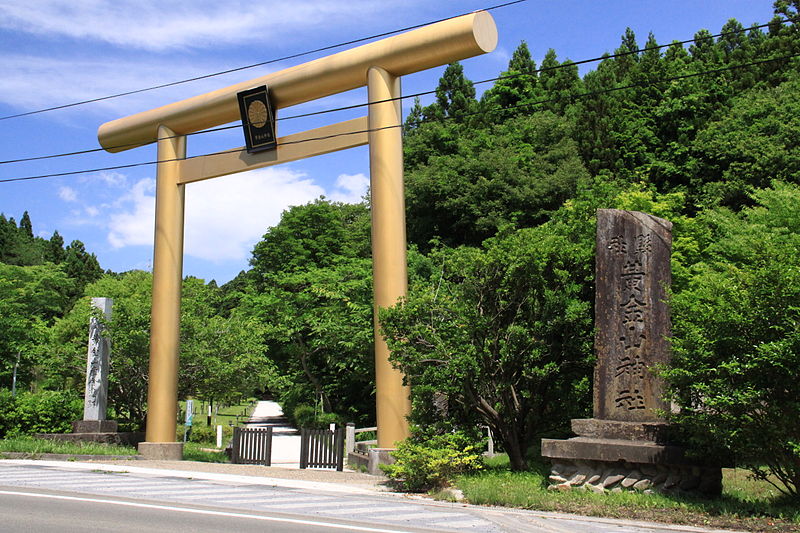
Konageyama Shrine entrance (Wikicommons)
The FAJ hit upon the idea of using the granite rock walls on the island for climbing. It started the Treasure Island Project in 2013 to revitalize damaged Kinkasan as a climbing spot.
First debris was removed and hiking trails reopened. The group also developed eight climbing courses and a map presenting the routes.
Those efforts attracted the attention of climbers overseas. The North Face climbing goods brand and other parties created a movie of climbers ascending Kinkasan. The footage was uploaded on YouTube as well.
In early May this year, a climbing event attracting more than 50 people from both Japan and abroad was held there. One-third of the participants came from outside Japan.
The history of climbing started mainly in Europe and an estimated 35 million people currently enjoy the activity. The pastime has also grown in popularity in Asia while the number of climbing lovers in Japan is on the rise especially as it was added to the Olympics.
James Pearson, 29, a climber representing Britain in the sport, said he became enchanted by Kinkasan and that the mountain would be over-subscribed and in danger if it was in Britain.
What is important is how to preserve the mountain while allowing people to enjoy climbing there, according to Pearson. He also said the rocky island could become a perfect climbing spot for Japan.
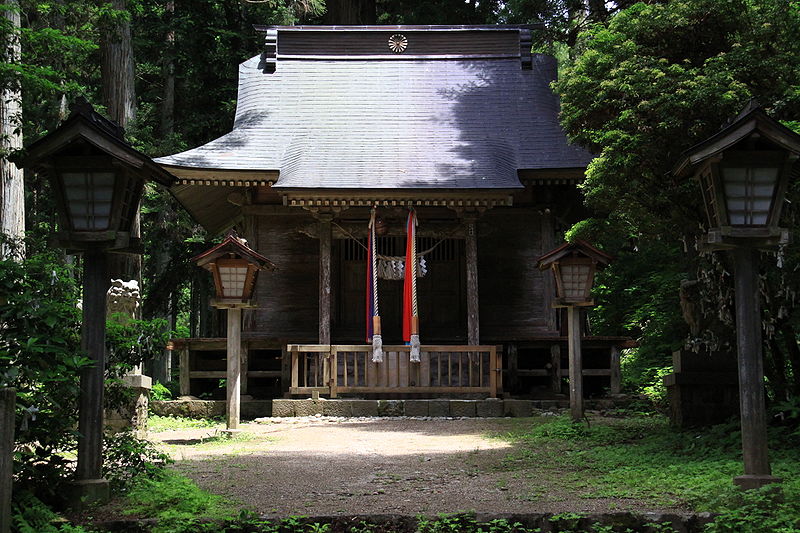
Konageyama Shrine Worship Hall (Wikicommons)

